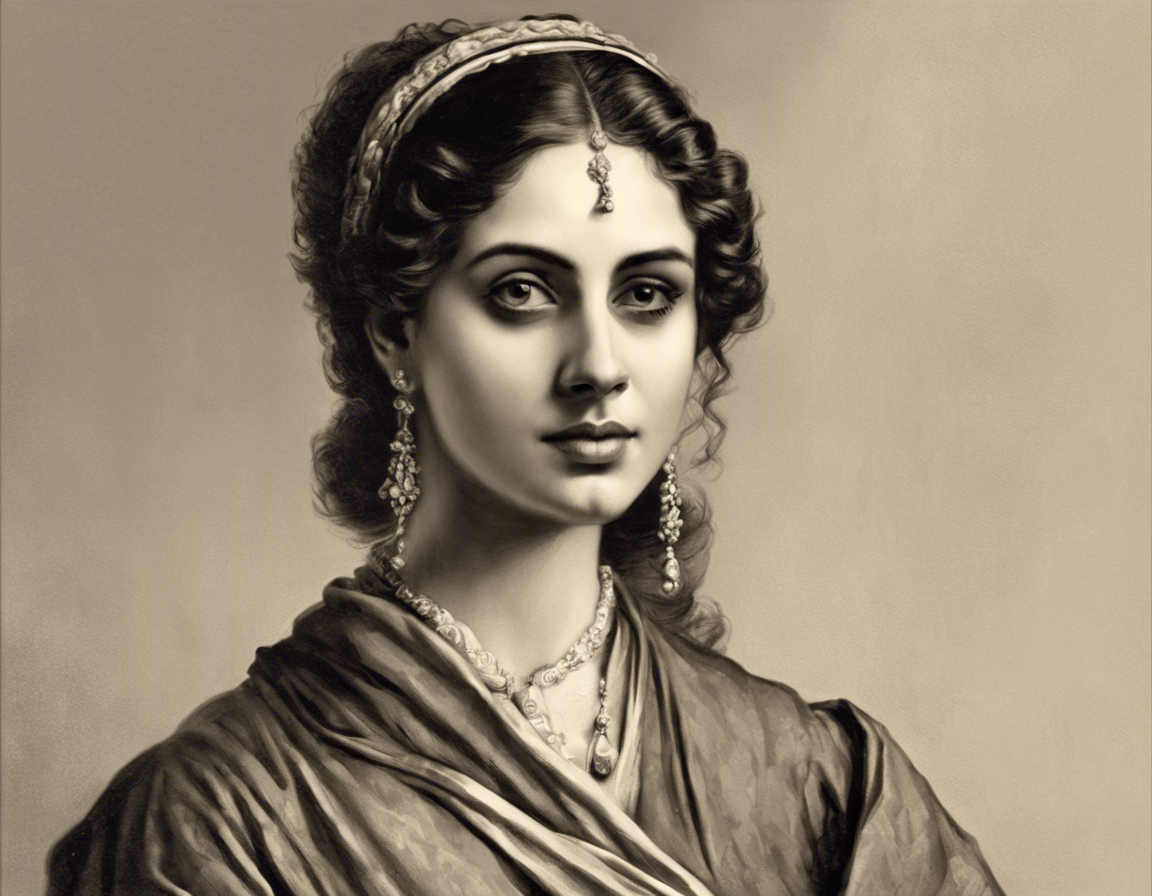The Portrait of a Lady is a celebrated novel by Khushwant Singh, which has enthralled readers for generations. It delves into the life of a young girl, the vibrant and spirited protagonist, who undergoes various trials and tribulations on her journey to self-discovery and independence. This classic work of literature has been a staple in school curriculums, particularly for students studying English literature.
In this comprehensive guide, we will delve into some of the key questions and themes within the novel The Portrait of a Lady that are commonly encountered by students, as well as provide detailed and insightful answers to help unravel the complexities of the text.
Understanding the Background and Context
Who is the author of The Portrait of a Lady?
Khushwant Singh, a prominent Indian author and journalist, wrote The Portrait of a Lady. Born in 1915, he was known for his candid writing style and his ability to capture the nuances of Indian society.
When was The Portrait of a Lady published?
The Portrait of a Lady was first published in 1955 and has since become a seminal work in Indian literature.
What is the setting of The Portrait of a Lady?
The novel is set in the early 20th century in India, providing a glimpse into the cultural and societal norms of that time.
Character Analysis
Who is the protagonist of the story?
The protagonist of The Portrait of a Lady is a young girl named Anita, who is known for her free-spirited nature and independent thinking.
What are some defining characteristics of Anita?
Anita is depicted as a rebellious and spirited character who challenges societal expectations and norms. She is curious, intelligent, and has a deep sense of wanderlust.
Themes and Motifs
What are some of the key themes explored in the novel?
Some of the central themes in The Portrait of a Lady include freedom, identity, patriarchy, love, and social conventions. These themes are intricately woven into the narrative, offering profound insights into the human experience.
How does the author address the theme of freedom in the novel?
Freedom is a recurring motif in the novel, symbolizing Anita’s quest for self-discovery and autonomy. Through Anita’s journey, the author underscores the importance of individual freedom in the face of societal constraints.
Literary Devices and Techniques
What are some notable literary devices used in The Portrait of a Lady?
Khushwant Singh employs various literary devices such as symbolism, foreshadowing, and irony to enhance the narrative depth and engage the reader on multiple levels.
How does symbolism play a role in the novel?
Symbolism is a prominent feature in The Portrait of a Lady, with elements like the portrait itself symbolizing Anita’s inner turmoil and quest for self-realization. The use of symbols adds layers of meaning to the story, inviting readers to delve deeper into its complexities.
Critical Analysis
How has The Portrait of a Lady been received by critics and readers?
Critics and readers alike have lauded The Portrait of a Lady for its compelling narrative, nuanced characterization, and insightful exploration of complex themes. The novel’s enduring popularity attests to its timeless appeal and relevance.
What sets The Portrait of a Lady apart from other works of Indian literature?
The Portrait of a Lady stands out for its bold portrayal of a female protagonist who defies societal norms and for its poignant commentary on gender roles and individual freedom. Its exploration of universal themes resonates with readers across cultural boundaries.
Frequently Asked Questions (FAQs)
1. Is The Portrait of a Lady suitable for high school students?
Yes, The Portrait of a Lady is often included in high school English literature curriculums due to its engaging narrative, rich themes, and literary merit.
2. How can I analyze the character of Anita in the novel?
To analyze Anita as a character, consider her actions, motivations, and relationships with other characters. Pay attention to how she evolves throughout the story and the impact she has on the narrative.
3. What role does the portrait play in the novel?
The portrait serves as a symbolic representation of Anita’s inner self and her struggles with identity and societal expectations. Its significance evolves as the story progresses, reflecting Anita’s journey of self-discovery.
4. How does The Portrait of a Lady depict the theme of patriarchy?
The novel explores the pervasive influence of patriarchal norms and traditions on Anita’s life choices and independence. It sheds light on the challenges women face within a patriarchal society.
5. What are some key moments that define Anita’s character development?
Anita’s defiance of societal norms, her pursuit of education and independence, and her complex relationships with other characters are key moments that shape her character arc and reflect her growth throughout the novel.
In conclusion, The Portrait of a Lady continues to captivate readers with its timeless themes, vivid characters, and evocative storytelling. By unraveling the intricacies of this literary gem, readers can gain a deeper appreciation for Khushwant Singh’s masterful exploration of human nature, society, and the eternal quest for selfhood.
